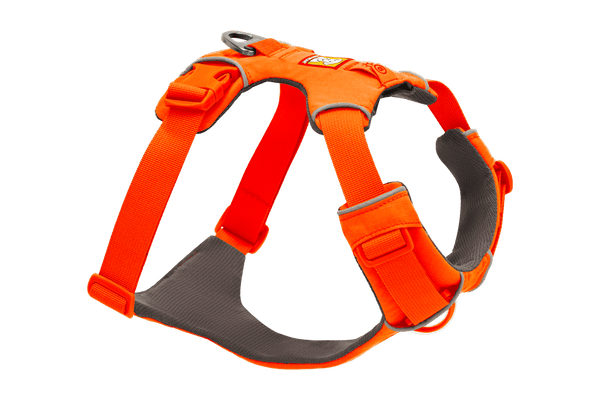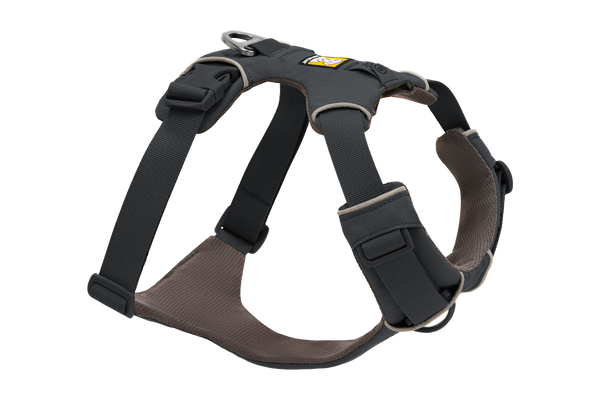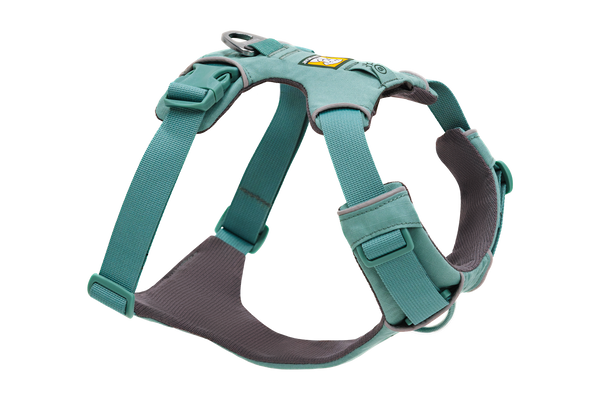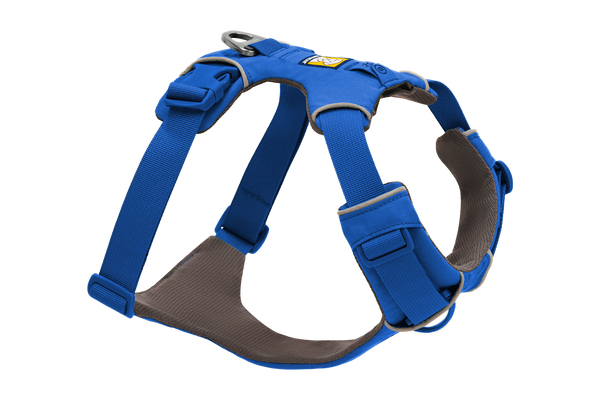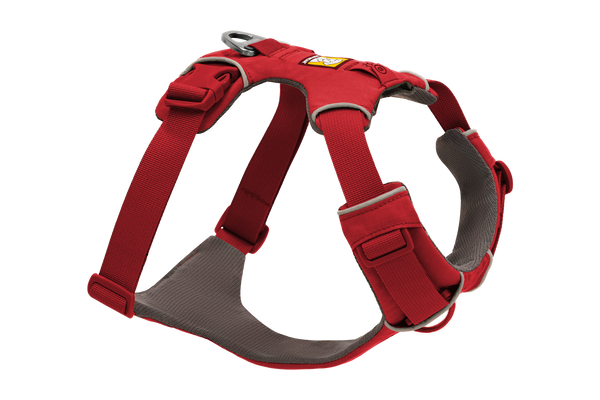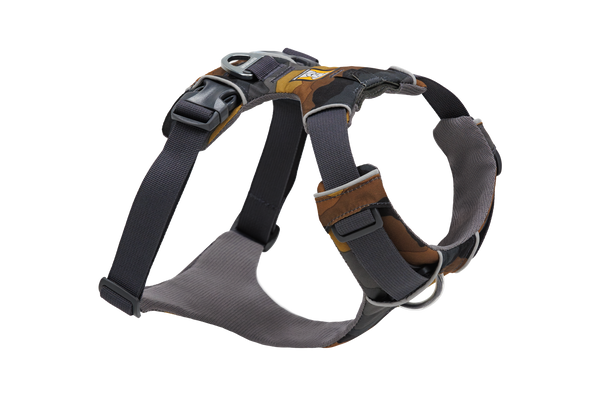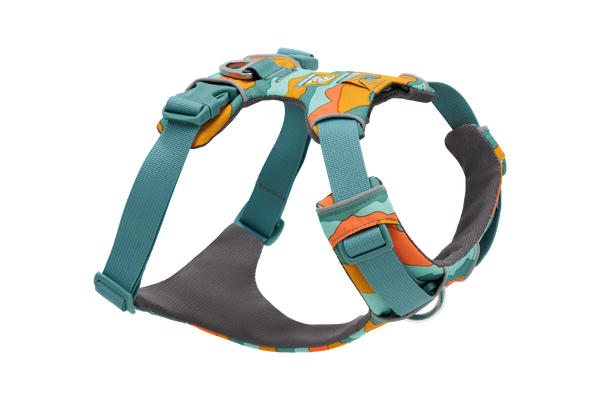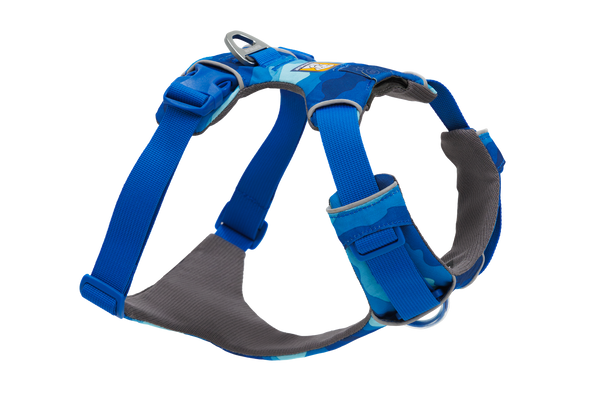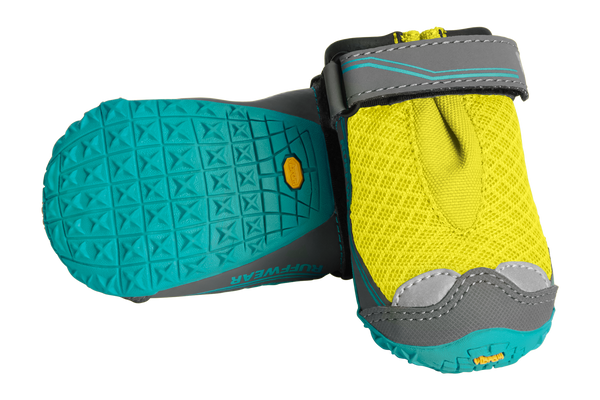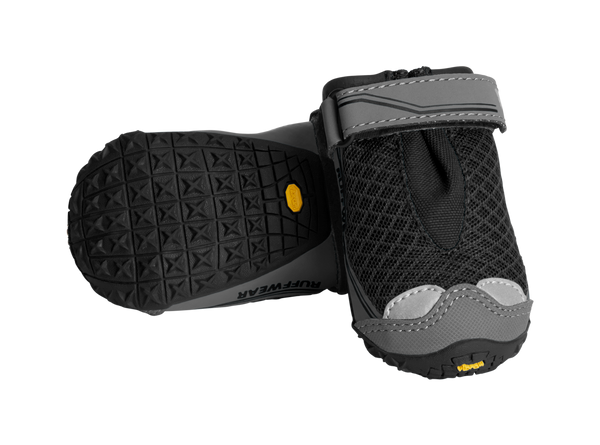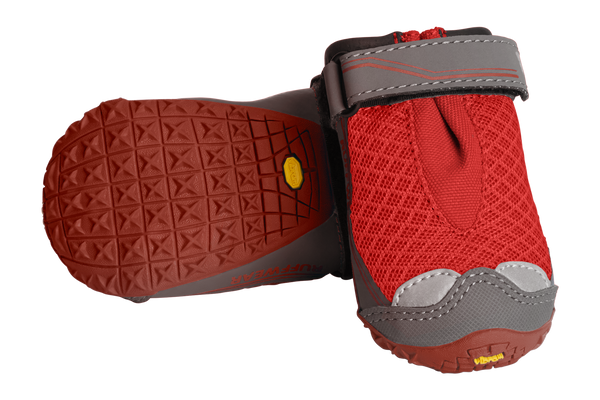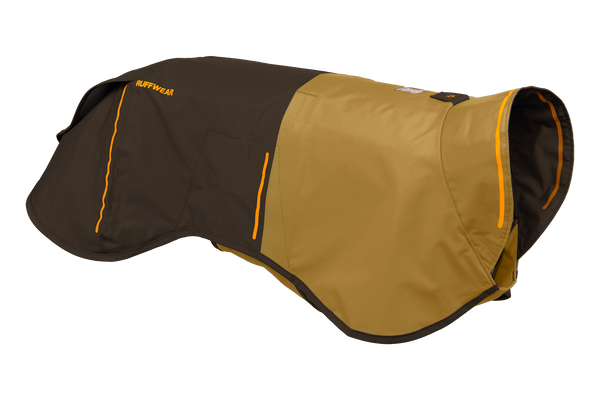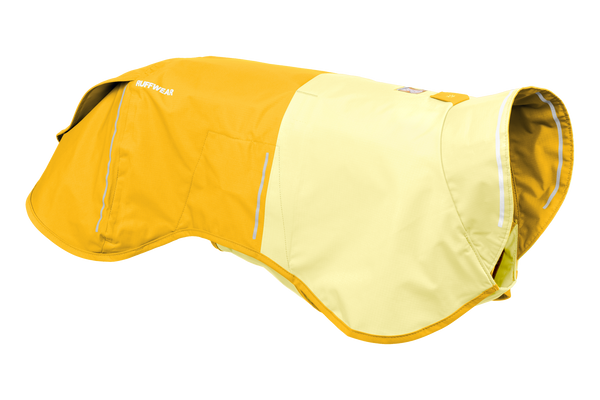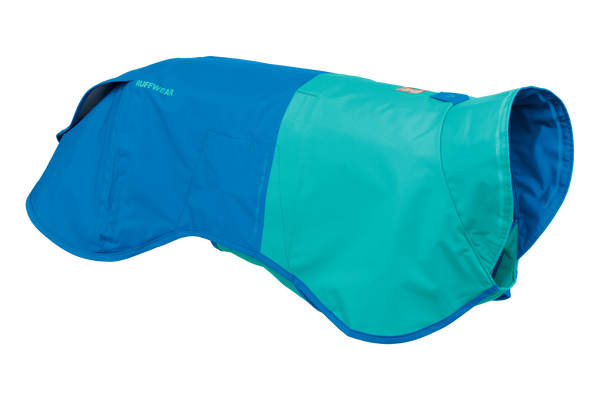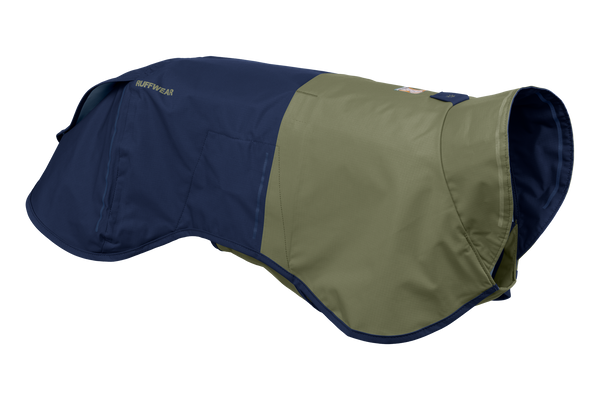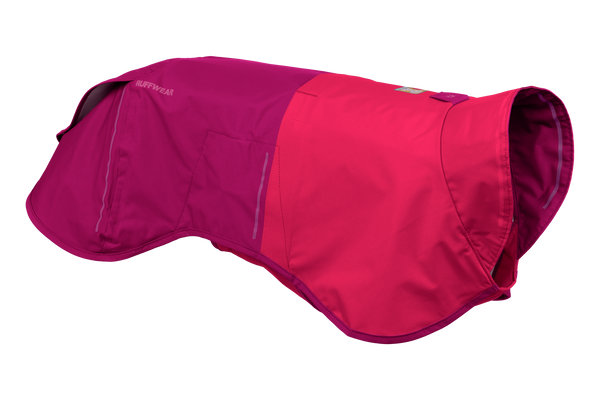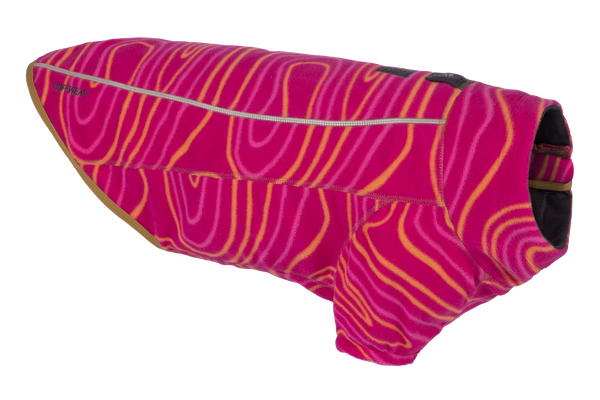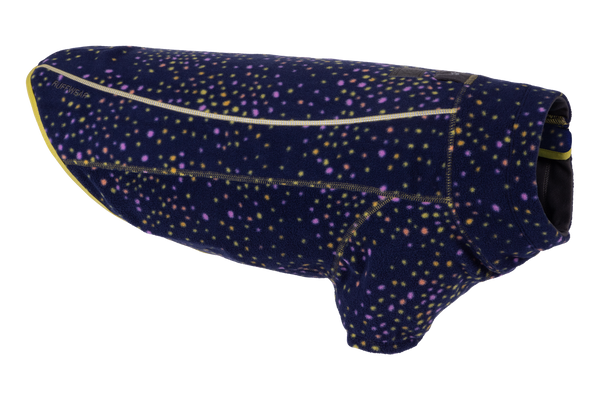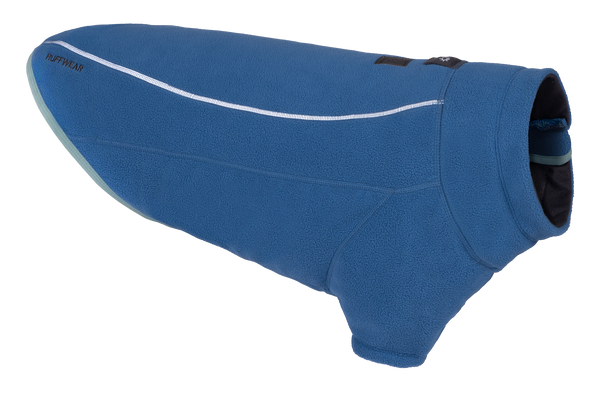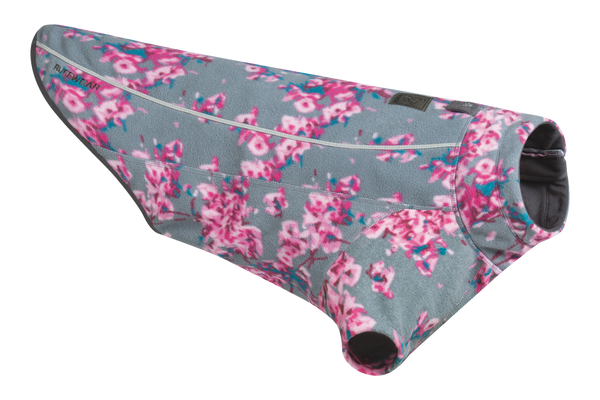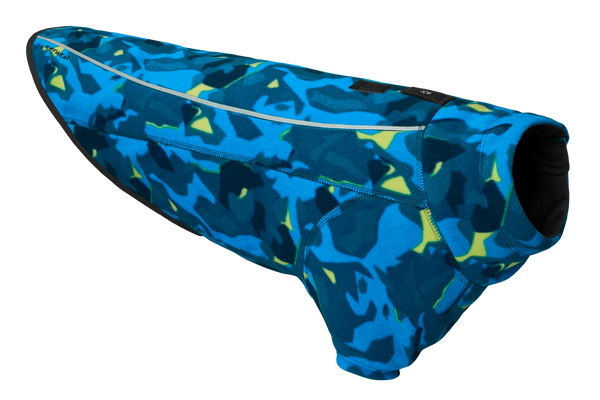Discovering Bikejoring Together
My first rescue dog, Ash, learned the joys of biking in the city. He would join me on short commutes and daily runs while leashed beside the bike. Soon, we graduated to biking on trails and doing longer gravel routes. Eventually, Ash established himself as my bikepacking partner.

Then, two years ago in January, Leo entered our life. I was unsure about adopting another dog, but with Ash getting older, having a younger dog join me on longer, more intense bike rides seemed like a good idea. As a husky and malamute mix, Leo is a natural fit for the bike. He can run long miles over varying terrain and enjoys the thrill of high-speed endurance sports.
While I was excited to introduce a new dog to our home, Leo came to us with various behavioral issues that needed to be addressed before he could be hooked to the front of my bike. First, we needed to improve our bond and learn to communicate. We did this through structured training sessions, individual walks and hikes, giving him space to express himself, and cooperative care to help him become comfortable with activities like grooming. After a few months of him settling into his new home and getting some of the more major behavioral issues under control, we began training for bikejoring.

I’d been interested in doing this for some time, so I watched nearly every YouTube video about bikejoring or canicross and read as many online resources as possible. With that baseline of knowledge, the best place for us to start was to integrate the cues Leo needed to know into our daily routine.
While the traditional mushing directions are “gee” and “haw,” I opted to teach Leo to turn using “left” and “right.” These were directional cues that I taught my older dog, Ash, for hiking and biking. To teach these terms to Leo, I would use them on daily walks and hikes. Whenever we turned, I would say the word associated with that direction, and he picked up on that pattern.

As Leo improved in his understanding of the left and right cues, I added new ones:
- Keep On = continue forward on the path ahead
- Slow = slow down the pace to a trot or walking speed
- Whoa = stop
- Line Out = add tension to the line
- With Me = walk by my side
- Up Up = increase speed
- Let’s Go = start running
Throughout the entire training process, Leo was also learning to “leave it.” This is a common cue given to dogs to direct their attention away from something they want. The traditional cue for this in mushing is “on by.” Since I’ve taught this cue to my other dogs as “leave it,” I wanted to streamline it and opted to keep the “leave it” command as is.

The first piece of gear we got was a mushing harness. We use an X-style harness commonly used with sled dogs. For mushing sports, specifically designed harnesses are essential for your dog's comfort and to increase pulling power. Once we had this harness and my canicross/skijoring belt, we could further test Leo’s new skills.
Leo began wearing his X harness on walks and hikes, and I’d allow him to pull. At first, I wouldn’t give instructions, but when he would load the line and begin pulling, I’d use reaffirming words established earlier in training (i.e., yes, good boy, up up). Then, as his comfort level with the harness increased, I would run to allow him to pick up speed. While not all dogs will enjoy pulling, Leo is bred for it. Teaching him how to loose-leash walk was harder than teaching him how to pull.

We continued participating strictly in backyard training sessions and canicross for a couple of months, and then I introduced a bike. To start, I would hook Leo up to the front of the bike and walk him around the neighborhood. I’d use the same cues to encourage him to stay in front of the bike. Leo was comfortable walking with the bike after two or three sessions, so I started to ride behind him. Although he took to pulling with canicross quite quickly, getting him to pull the bike was more challenging. Luckily, I had other dogs to help.
I met up with a woman I found via a Facebook group living in my area who was more experienced in dryland mushing. She had mentioned to me online that many dogs get confused with the bike at first, and having another team in front of them helps them understand what to do. The moment Leo saw her dogs take off in front of him, it was like a light bulb went off, and he ran after them. That was over a year ago now, and ever since that day, he lives for the bike.

We are still learning and improving our bikejoring skills. We started out bikejoring with my gravel bike, and this spring, we began working on running easy mountain bike trails. Moving forward, Leo and I will continue to hone his skills on the trail and, next year, begin entering some beginner races in our region. Since he’s improved so much on the bike in the last few months, this will also be the first winter we start skijoring with him.
